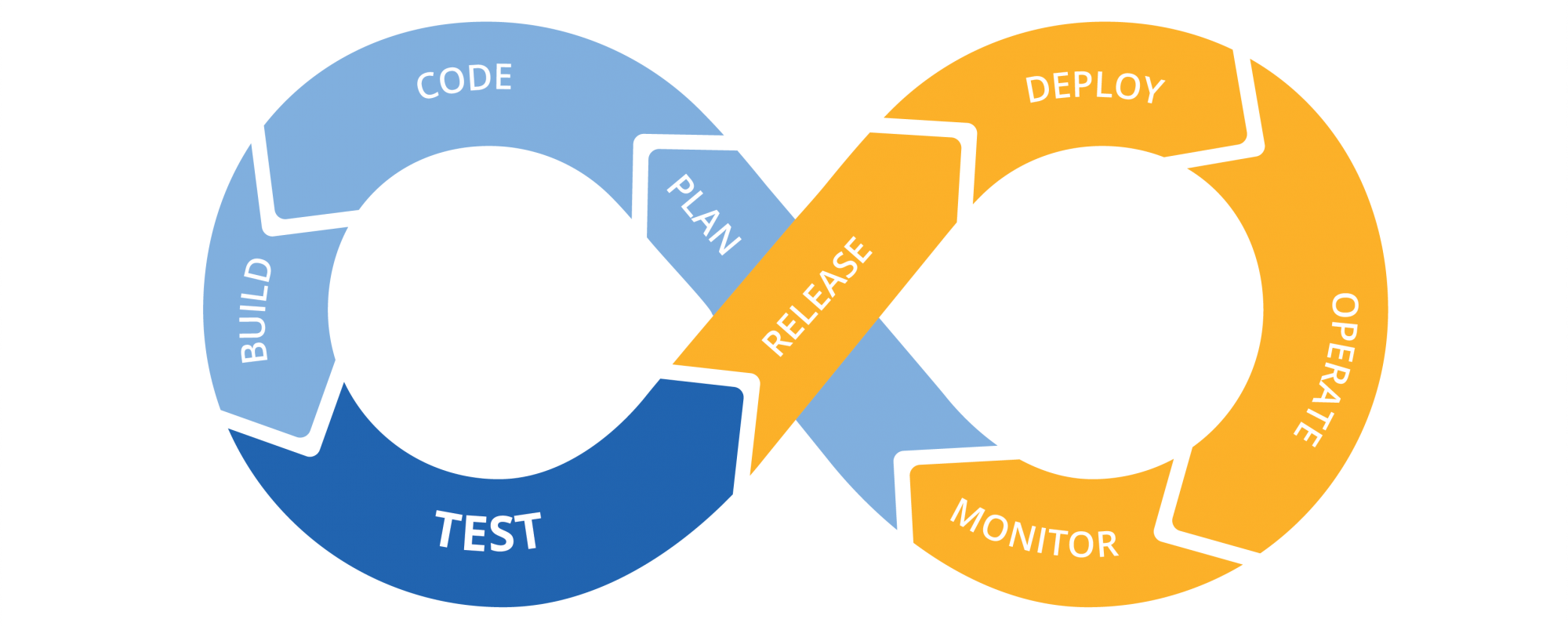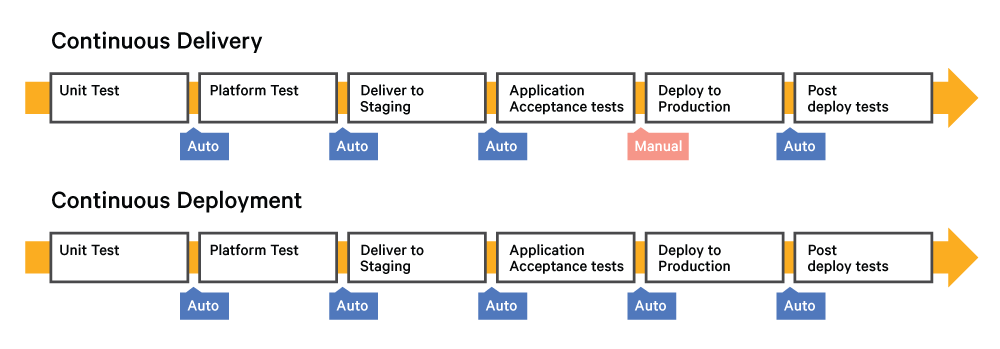We want it now: CI/CD

Continuous Integration, Continuous Delivery, Continuous Deployment: they are daily-spoken words nowadays. But… where did this come up?
We want everything done immediately. If we go to a restaurant, we want to get our food as fast as possible. If we get into a store, we want to buy our stuff quickly. We can make a call with somebody who is on the other side of the world in a matter of seconds. Everything is wanted to be ready at the very moment. This behavior got adopted by software product delivery too with some really good advantages: faster release times, higher quality, lower risks, and indeed happier teams.
While Continuous Delivery (CD) is an achieved goal for the market, Continuous Integration (CI) is someway a requirement for development teams in order to work over a well-structured workspace which ends in a high-performance product making of.

To explain more in detail each of these terms, we would call Continuous Integration as a strategy that developers use in order to make it easier to develop products in a continuous and contributory way. Continuous Delivery embraces a paradigm that focuses on automating the processes needed to verify the correct building of the product about to deploy. Finally, Continuous Deployment is the automated action of letting the last product version available to the end-user.
Here at Endeev, we make use of these three concepts and we are able to see that when you apply them, also with agile methodologies, the workflow gets converted into a one-direction arrow where every area works together for the same principle: deliver quality.